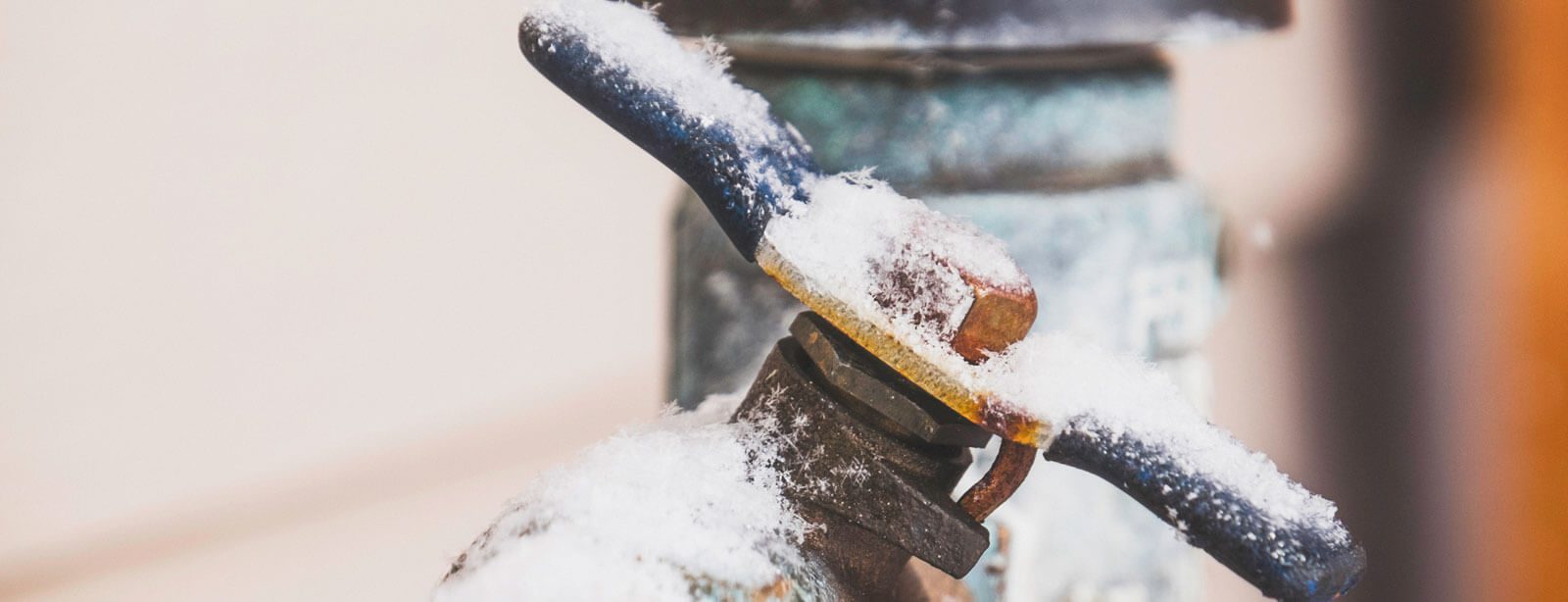Essential Advice to Prevent Frozen Pipes in Winter: Specialist Insights
Essential Advice to Prevent Frozen Pipes in Winter: Specialist Insights
Blog Article
Here in the next paragraphs you'll find a bunch of very good insights in regards to Preventing and dealing with frozen pipes.

Cold weather can wreak havoc on your pipes, particularly by freezing pipes. Below's how to prevent it from occurring and what to do if it does.
Introduction
As temperature levels drop, the risk of frozen pipelines rises, potentially bring about expensive repair services and water damages. Understanding exactly how to stop icy pipes is critical for house owners in cold climates.
Prevention Tips
Protecting vulnerable pipelines
Cover pipelines in insulation sleeves or use heat tape to secure them from freezing temperatures. Focus on pipes in unheated or external locations of the home.
Heating strategies
Maintain indoor areas adequately warmed, particularly locations with pipes. Open up cabinet doors to allow warm air to distribute around pipes under sinks.
How to determine icy pipelines
Look for reduced water flow from faucets, unusual smells or sounds from pipelines, and noticeable frost on exposed pipes.
Long-Term Solutions
Architectural changes
Take into consideration rerouting pipelines far from exterior walls or unheated areas. Add additional insulation to attics, cellars, and crawl spaces.
Updating insulation
Invest in high-grade insulation for pipes, attics, and walls. Correct insulation aids keep regular temperature levels and lowers the risk of frozen pipelines.
Shielding Outside Pipes
Yard tubes and outdoor faucets
Separate and drain yard tubes prior to wintertime. Install frost-proof spigots or cover outside taps with insulated caps.
Comprehending Icy Pipes
What creates pipes to freeze?
Pipes ice up when revealed to temperature levels listed below 32 ° F (0 ° C) for expanded periods. As water inside the pipes freezes, it expands, putting pressure on the pipeline wall surfaces and potentially creating them to break.
Dangers and damages
Frozen pipelines can result in water system disruptions, residential or commercial property damage, and costly repair work. Burst pipelines can flooding homes and trigger substantial structural damages.
Indications of Frozen Piping
Identifying icy pipelines early can avoid them from rupturing.
What to Do If Your Pipes Freeze
Immediate activities to take
If you believe frozen pipelines, keep taps open to ease pressure as the ice melts. Make use of a hairdryer or towels soaked in hot water to thaw pipelines slowly.
Verdict
Stopping icy pipelines requires positive steps and quick reactions. By recognizing the reasons, indications, and safety nets, house owners can protect their pipes throughout cold weather.
5 Ways to Prevent Frozen Pipes
Drain Outdoor Faucets and Disconnect Hoses
First, close the shut-off valve that controls the flow of water in the pipe to your outdoor faucet. Then, head outside to disconnect and drain your hose and open the outdoor faucet to allow the water to completely drain out of the line. Turn off the faucet when done. Finally, head back to the shut-off valve and drain the remaining water inside the pipe into a bucket or container. Additionally, if you have a home irrigation system, you should consider hiring an expert to clear the system of water each year.
Insulate Pipes
One of the best and most cost-effective methods for preventing frozen water pipes is to wrap your pipes with insulation. This is especially important for areas in your home that aren’t exposed to heat, such as an attic. We suggest using foam sleeves, which can typically be found at your local hardware store.
Keep Heat Running at 65
Your pipes are located inside your walls, and the temperature there is much colder than the rest of the house. To prevent your pipes from freezing, The Insurance Information Institute suggests that you keep your home heated to at least 65 degrees, even when traveling. You may want to invest in smart devices that can keep an eye on the temperature in your home while you’re away.
Leave Water Dripping
Moving water — even a small trickle — can prevent ice from forming inside your pipes. When freezing temps are imminent, start a drip of water from all faucets that serve exposed pipes. Leaving a few faucets running will also help relieve pressure inside the pipes and help prevent a rupture if the water inside freezes.
Open Cupboard Doors
Warm your kitchen and bathroom pipes by opening cupboards and vanities. You should also leave your interior doors ajar to help warm air circulate evenly throughout your home.

We hope you enjoyed our section on How To Avoid Freezing Pipes. Thanks a ton for finding the time to read our post. Loved our piece of writing? Please share it. Let others check it out. I enjoy your readership.
Request Your Service Report this page